A guest post by historian Catherine Fletcher, author of The Divorce of Henry VIII.
Italy might not be the first place you associate with the Tudors. Henry VIII famously broke with Rome, after all. But for almost half a century before that break there were numerous contacts between Italy and England, and evidence of some of them can still be seen today. From medieval times, English diplomatic representatives in Rome had often stayed in the English Hospice, or pilgrim hospital. This later became the Venerable English College– a seminary for English priests – and it survives to this day. During Elizabeth’s reign English Protestants claimed it was a hot-bed of Catholic spies. You can see monuments there to several diplomats and clerics associated with the Tudors: book well in advance to visit.
The Hospice, however, wasn’t grand enough to be a diplomatic residence for the new Tudor dynasty. In 1504 Cardinal Adriano Castellesi, hoping to curry favour with the English, gave Henry VII what is now Palazzo Torlonia, very near St Peter’s Basilica. Known as the ‘English Palace’, it briefly housed English ambassadors in Rome, but was granted to Cardinal Lorenzo Campeggio after his mission to England in 1518-19. If you’ve read The Winter King you’ll know about Henry VII’s relationships with top Italian bankers like Agostino Chigi. Chigi’s villa, now called Villa Farnesina, is in the Roman district of Trastevere and is open to visitors. Inside the Vatican Museums, you can visit the rooms where Henry VIII’s diplomats tried to bargain with Pope Clement VII over the ending of Henry’s marriage to Catherine of Aragon. These are now known as the ‘Raphael Rooms’ after their principal artist. The Stanza di Eliodoro (Room of Heliodorus) was used for working diplomatic audiences. Other sites related to the people who feature in The Divorce of Henry VIII include the Chiesa di San Domenico, Bologna, where you’ll find memorials to two of Henry’s ambassadors in the chapel just to the right of the main altar; the Rocca Pallavicino-Casali in Monticelli d’Ongina, near Piacenza, which Henry’s man in Rome, Gregorio Casali, acquired when he married an heiress; and the Casali family villa in the Bolognese hills, now a restaurant and B&B called the Agriturismo Montevecchio Isolani (I love the fact you can buy the estate wine here!)
If you’re in Rome this summer, the exhibition Lux in Arcana runs until September and features documents relating to Henry’s divorce from the Vatican Secret Archives – normally available only to specialist researchers. Elsewhere in Italy, sites associated with
the Tudors include the five-star Hotel Danieli in Venice: English ambassadors including Stephen Gardiner, later a bishop, stayed in Ca’ Dandolo, now part of the hotel. Padua University was a favourite with visiting English students in the Tudor period, though its buildings have undergone much modernisation. The marquises and dukes of Mantua traded racehorses with the Tudor court: agents for Henry VIII visited its Palazzo Ducale (at the time of writing, this is partially closed following a recent earthquake). The Triumphs of Caesar, now at Hampton Court Palace, were originally in Mantua. Charles I bought them for his art collection in 1629 after the last of the Gonzaga dukes of Mantua died. These are just a few of the sites associated with the Tudors in Italy. There are many, many more. If you’re interested in tracking them down, I recommend a very old, but very good book by Lewis D. Einstein, called The Italian Renaissance in England, which tells you about the early links between the two countries. Second-hand copies are easily found online.
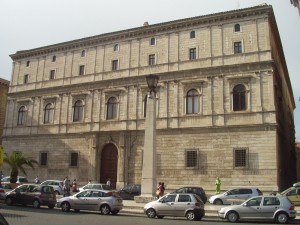
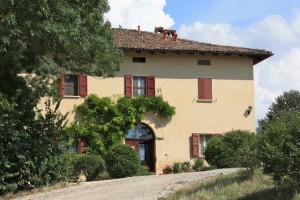
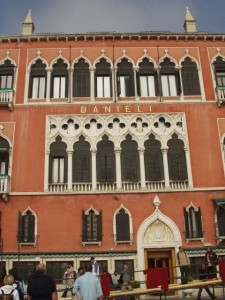
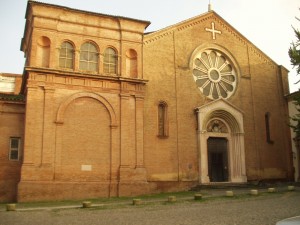
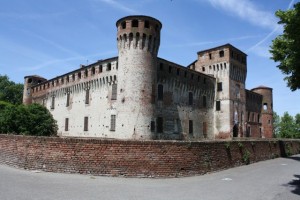
















Latest Comments